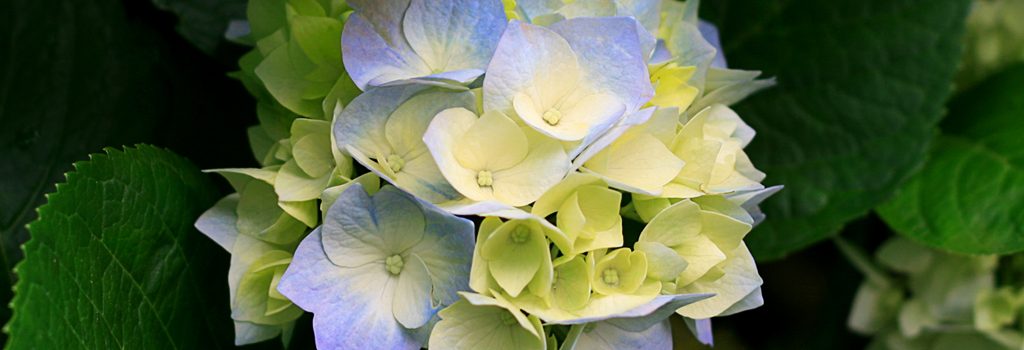How to Improve your Garden August 2017

Changes to your garden
Gardens form an integral part of the village and contribute to the quality and charm of the village. Front gardens should be maintained to acceptable standard and new shrubs should be of an appropriate size and not over dominate the garden.
If you want to make any changes to the front of your home, which include the garden you will need to ask permission. Please contact Homeowners@poblliving.co.uk for an application form.
Here are some small shrubs suitable for front gardens recommended by the gardener;
- Potentilla friuticosa Gold finger ( other variety’s come in different colours but look at label and consider eventual height , lightly prune in spring to keep compact )
- Lavender ( Trim after flowering )
- Dwarf hardy Fushsias such as Tom Thumb ( Prune in spring if needed )
- Erysimum Bowles Mauve ( excellent plant with a long flowering period, just keep removing dead flower spikes )
- Ceratestigma willmottianum ( prune in spring to keep small )
- Buxus sepervirens ( Evergreen structural shrub, keep regularly trimmed through out Summer to keep in shape )
- Dwarf Roses such as the Fairy ( remove dead flower heads to keep flowers coming )
- Euonymus fortunei Emerald Gaieity or Emerald and Gold ( variegated evergreen shrubs that can be kept small with trimming once or twice throughout summer as necessary )
- Spirea japonica Gold Flame ( prune hard in spring )
Spring bulbs such as Daffodils, Tulips and Snowdrops can add a splash of colour without taking up much room, as do early summer flowering bulbs such as Aliums and Camassias. You may need to add grit to planting holes if soil is heavy.
Shrub Maintenance – How and where to cut
- Always start by applying the three D’s of pruning. Cut out DEAD, DAMAGED and DISEASED wood.
- Pruning cuts are essentially wounds to the plant where disease could enter so use sharp, clean tools and make clean cuts without leaving snags. Cut close to buds, but not into them, and always above.
Pruning young shrubs
- Early pruning helps establish a shapely shrub with vigorous, balanced growth.
- Most evergreen shrubs do not need thinning or formative pruning. ( apart from Buxus ) However all shrubs benefit from shortening any excessively long shoots and cutting out weak or damaged growth.
- Deciduous shrubs are more likely to need pruning into shape; this is known as formative pruning. Young shrubs often grow lots of shoots so you will have to thin them early on.
- Correct lopsided growth by lightly pruning longer shoots and hard pruning weak stems.
- Prune flowering shrubs straight after flowering to ensure flowers come back the following year.
Grass Maintenance
1. Mowing
Mow grass whenever it is growing, provided the ground isn’t too wet or icy to walk on. In spring, mow once a week with the blades at their highest setting, and gradually lower them as growth accelerates. Use a box to collect the clippings, which can be composted, or use a “mulching mower” which doesn’t remove the grass but chops it into fine pieces, returning nutrients to the lawn. Rake off thick patches of clippings, which will damage the turf. In summer, a high-quality lawn may need cutting three times a week, but in autumn, as growth slows, once or twice a week should suffice. For those who are not such perfectionists once a week will still keep a nice lawn.
2. Watering
In dry periods, water newly laid turf, freshly sown areas, and high-quality lawns. Leave established lawns un-watered, but stop mowing because longer grass helps protect the roots. The grass may turn brown, but will recover once it rains.
Water a new lawn every week in dry spells, until it is established. You can tell when fine lawns need watering because they lose their spring when walked on. Reduce water evaporation by using sprinklers early in the morning or at night. Move seep hoses by 8 inches every half hour.
3. Feeding
The amount of fertilizer you need to maintain lush green grass depends on how rich the underlying soil is, and if you occasionally leave the clippings on the lawn, which help top up the soil nutrients. Apply granular or liquid lawn fertilizer at least once a year. Spring and early summer feeds are high in nitrogen to boost leaf growth; products for use in early autumn are low in nitrogen but high in potassium to aid grass roots in winter. Do not overfeed because it can result in weak growth and fungal problems. Divide the lawn into a grid of yard squares using stakes. Apply fertilizer at the rate according to the package. Rent a calibrated spreader for large lawns, and water if it doesn’t rain within three days after feeding.
4. Weeding
Acidic lawns are prone to moss and weed growth. Check soil pH in winter, and raise it by applying ground chalk or limestone at a rate of 2 ounces per 10 square foot. Apply a lawn weed-killer in spring or summer, and repeat in early autumn. Organic gardeners can grub out creeping buttercups, daisies, and tap-rooted weeds, like dandelions, using an old knife.
Hedges
Hedges to the front of gardens will be maintained as a part of the estate charge. These will be trimmed at appropriate times throughout the year to keep tidy. Please note that we will need access to some front gardens to allow us to fully maintain all the hedges.
Front Gate
Front garden gates should be maintained by residents to an acceptable standard painted white and must not be removed.
